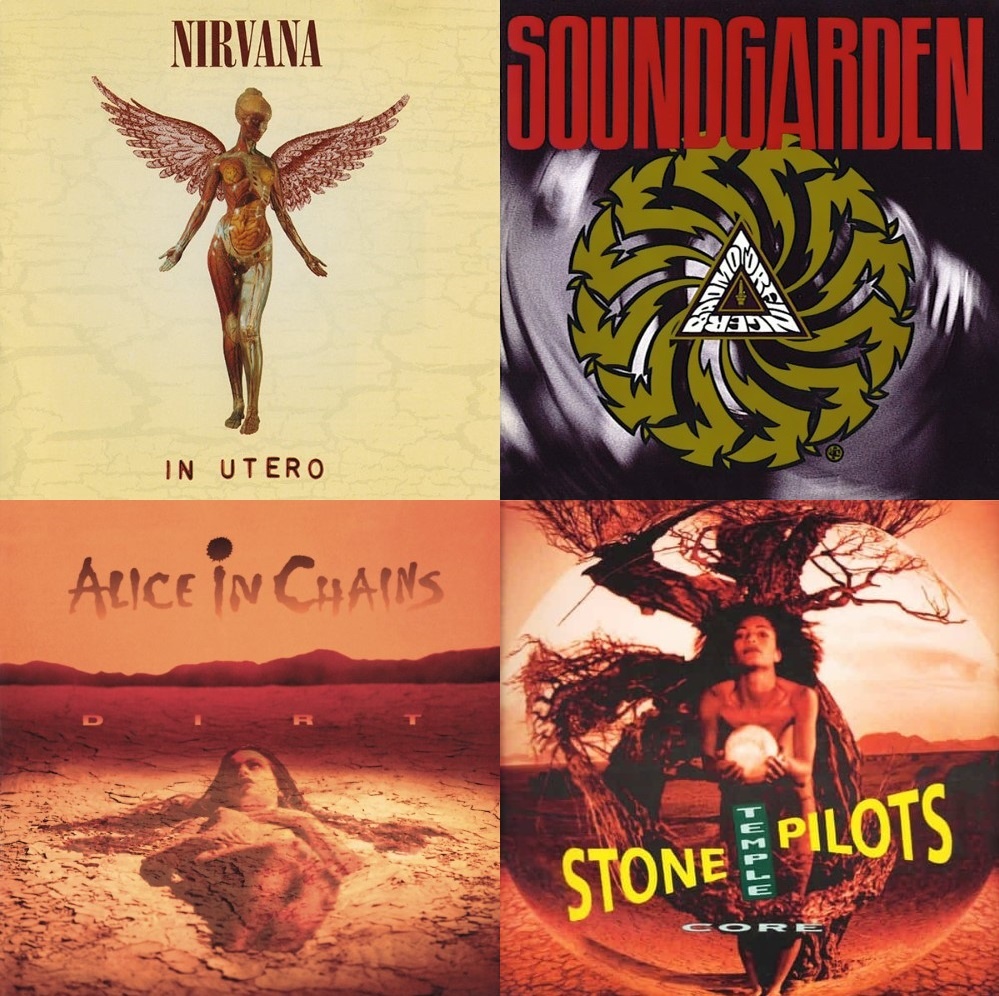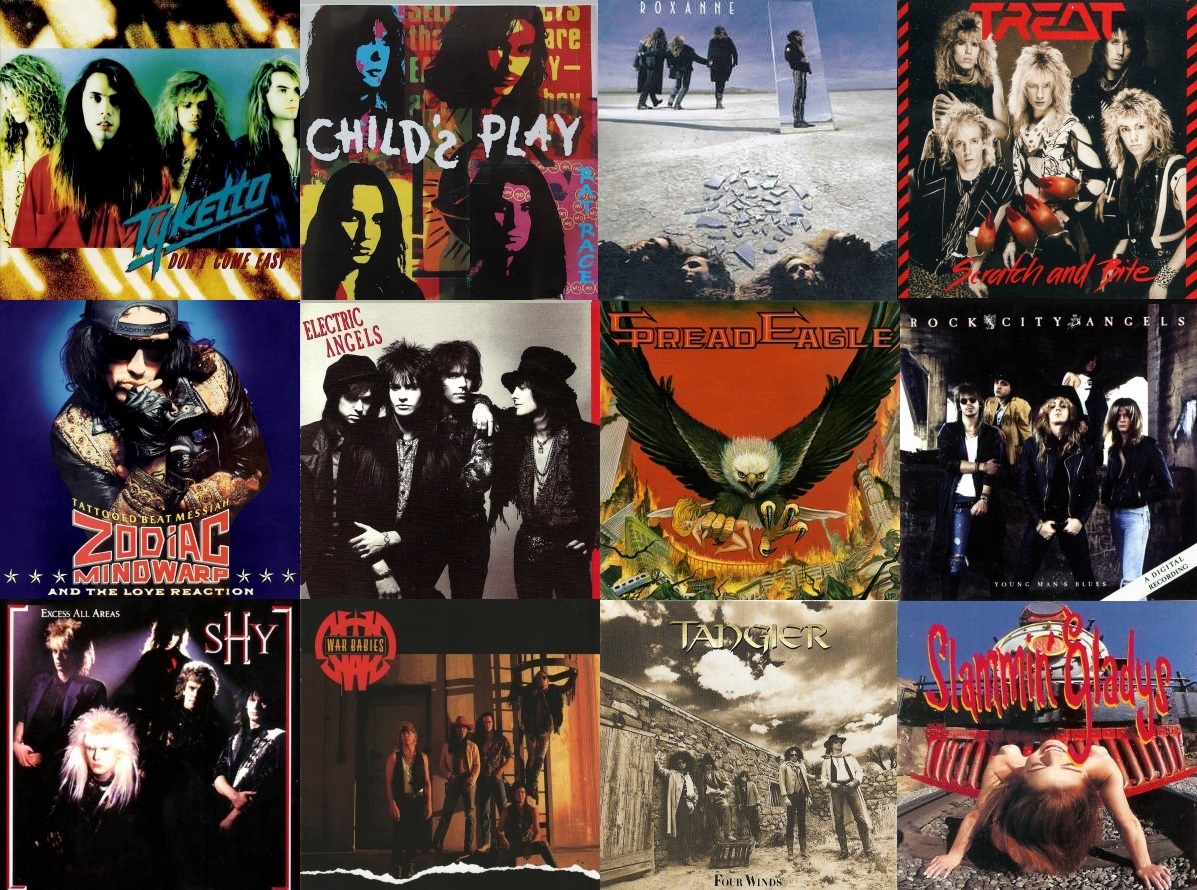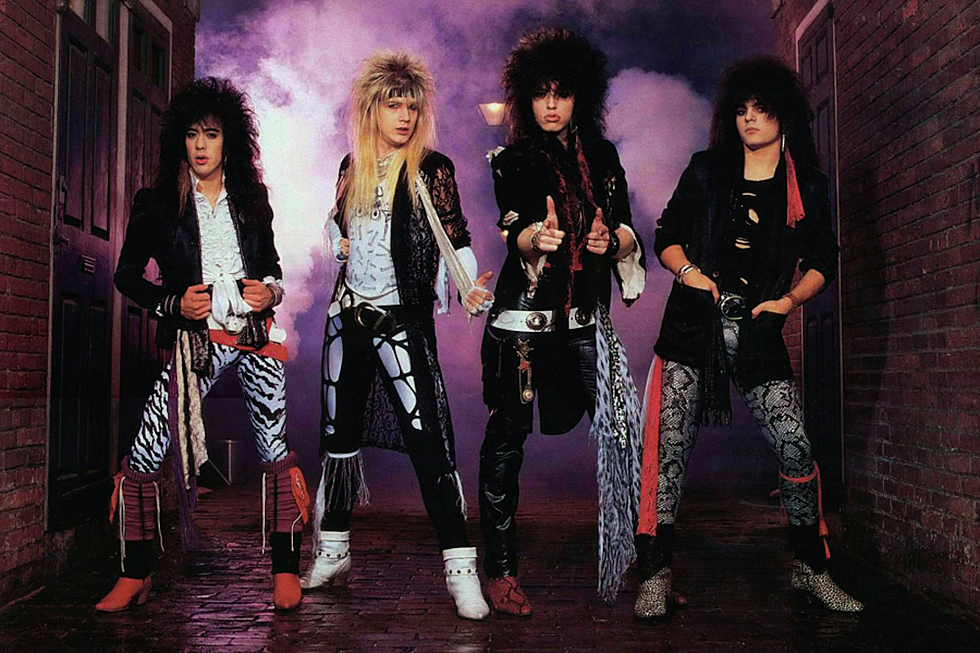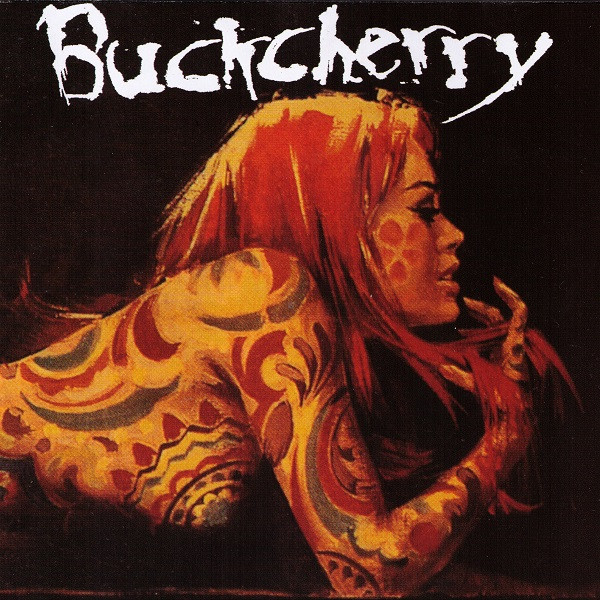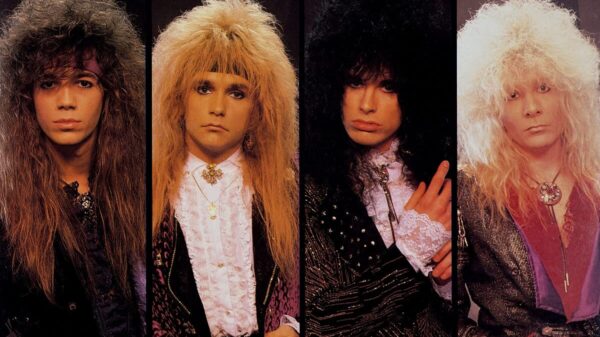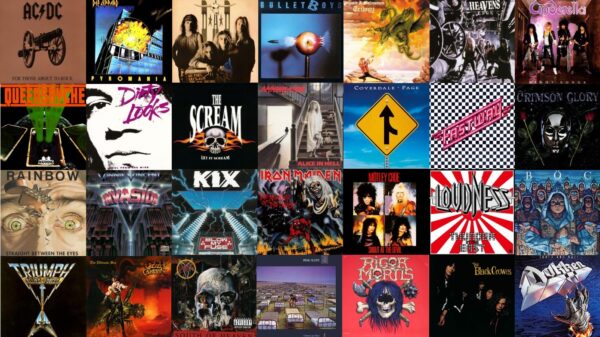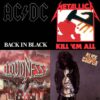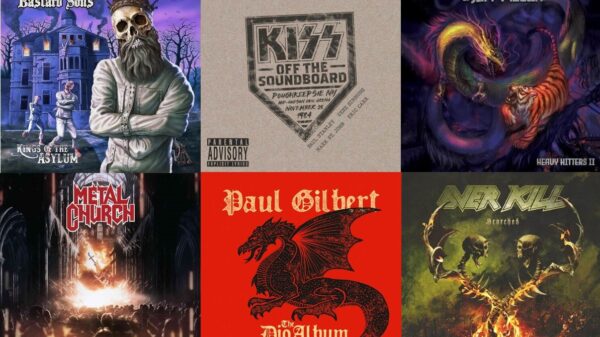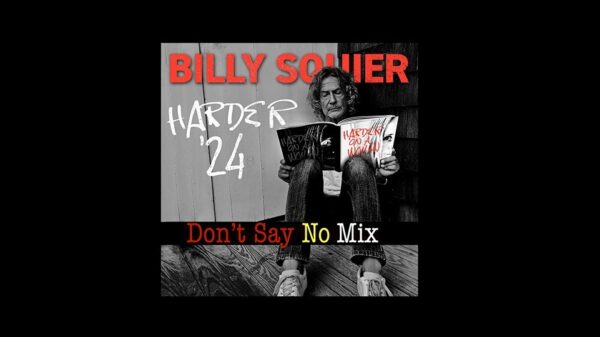In no particular order, the top 5 Grunge bands of the 90s were Nirvana, Soundgarden, Alice In Chains, Stone Temple Pilots, and Pearl Jam. Of those bands, the only original singer left alive is Eddie Vedder, vocalist for Pearl Jam. So what happened with the grunge scene that led to that many frontmen dying early?
Well, as usual, it’s a little complicated. It’s a combination of many different elements that collided in one big musical, cultural and social scene.
While the easy answer would be drugs, especially heroin, the drugs appear to be more of a symptom of other problems that led to each artist’s downward spiral.
During most of the 80s and the early 90s, the rock music scene was dominated, at least on a commercial level, by hard rock and glam/hair metal. When Nirvana released the single that defined a generation with “Smells Like Teen Spirit” in 1991, the scene shifted immediately in a direction that was the polar opposite of hair metal with Grunge and Alternative Rock taking center stage. The bands were the anti-everything of the previous music scene. Instead of big hair, flashy glam outfits, and over-indulgent guitar solos, they went for a toned-down approach in appearance and the music often focused on negative parts of society, including nihilism, loss of hope, drugs, and complacency. This was all a long way removed from the good-time party metal band of the 80s scene. The new Grunge scene grew primarily out of the Seattle area rather than Hollywood.
Much like the Gangsta Rap era of hip hop music in the early 90s, Grunge exposed a gritty underbelly of angst and despair. And while many Gangsta Rappers attempted to live a true criminal lifestyle that mirrored the sentiment of their lyrics and music, Grunge bands seemed to emulate real-life issues with their music that hadn’t been prevalent in recent years. Touching on subjects like substance abuse, anxiety, mental illness, and darker aspects of society.
Much like the old question, Did God make man or did man make God?, Did the lifestyles of these bands and singers lead to the music being darker and harsher, or did creating the music lead them to fall into a darker life path? While there surely isn’t a definitive answer, it’s probably a mixture of both things intertwined with art imitating life and vice versa.
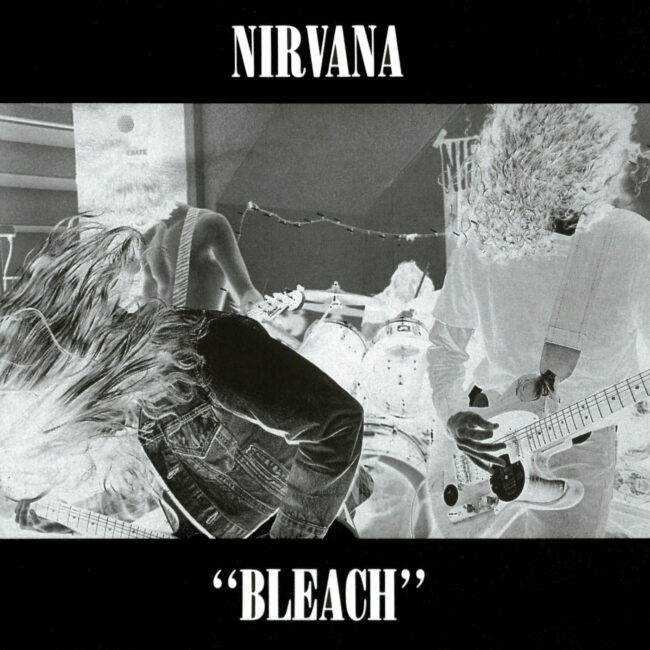
Nirvana’s Kurt Cobain died of a self-inflicted shotgun wound in 1994. While his death was ruled a suicide, many conspiracy theorists still think he was murdered. Cobain had a long struggle with depression and heroin use that started before the band became famous. The band’s first album “Bleach” is actually named for a public service poster that requested that heroin users “bleach” their works to help prevent HIV when sharing needles. Cobain did like the pressure and attention that came with fame and had attempted suicide one month before his actual death by drinking champagne and taking the drug Rohypnol.

Alice In Chains’ Layne Staley died in 2002 from a “speedball” which is a mixture of heroin and cocaine. He reportedly only weighed around 85 pounds when he was found. Staley had isolated himself from almost everyone for many years before his death and was rarely seen in public. Mike Starr, the bass player for Alice In Chains was the last person to see Staley alive the day before his death. Starr had said Staley seemed very ill and asked him to call 911 but Layne refused and supposedly threatened to end his friendship with Starr if he called for help. Starr blamed himself for not calling paramedics and he would also die of a drug overdose in 2011.
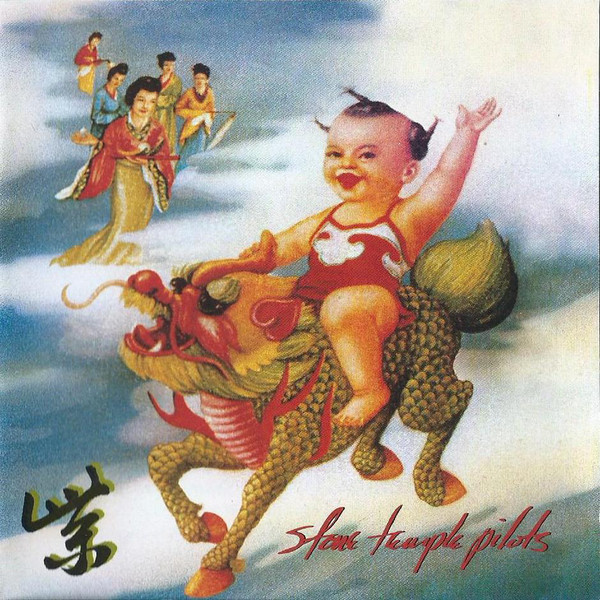
Stone Temple Pilots frontman Scott Weiland died on his tour bus in 2015 of an accidental overdose. STP had terminated Weiland as the singer of the band in 2013. There had been tension between Weiland and the DeLeo brothers throughout the band’s history. In 2001, Weiland revealed to the public that he had been diagnosed with Bi-Polar Disorder. Scott Weiland was convicted of buying crack cocaine back in 1995 and his battles with substance abuse would only get worse after that point, with a few trips to rehab sprinkled throughout.

Soundgarden’s Chris Cornell died in 2017 from suicide by hanging. Chris Cornell struggled with depression for most of his life. Soundgarden originally disbanded in 1997 due to tension between the band members, but would later reunite again. Cornell had a successful solo career and had also been the singer for Audioslave which featured the members of Rage Against The Machine. Cornell’s suicide was surprising to most fans, friends, and family because there was little if any indication, that something was wrong at the time. While Cornell battled substance abuse of many kinds throughout his life, drugs did not play a part in his death.
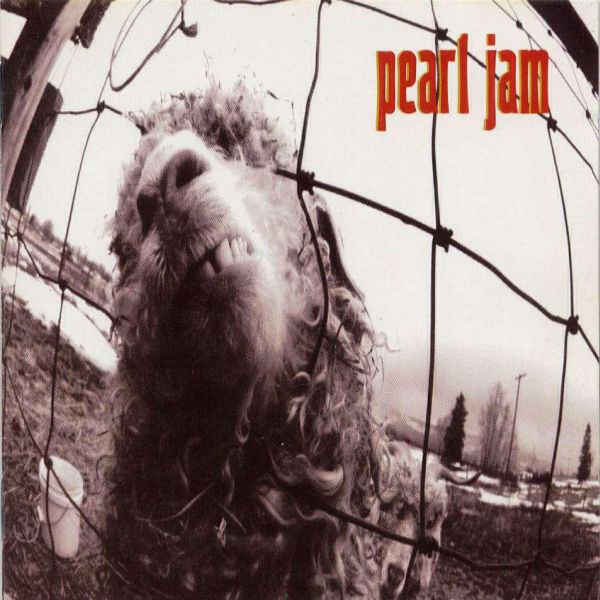
Pearl Jam vocalist Eddie Vedder is alive and well as of this publication. He is the only remaining original singer in the top five Grunge bands of the 90s era to be alive and still be an active part of the band with which he rose to fame.



